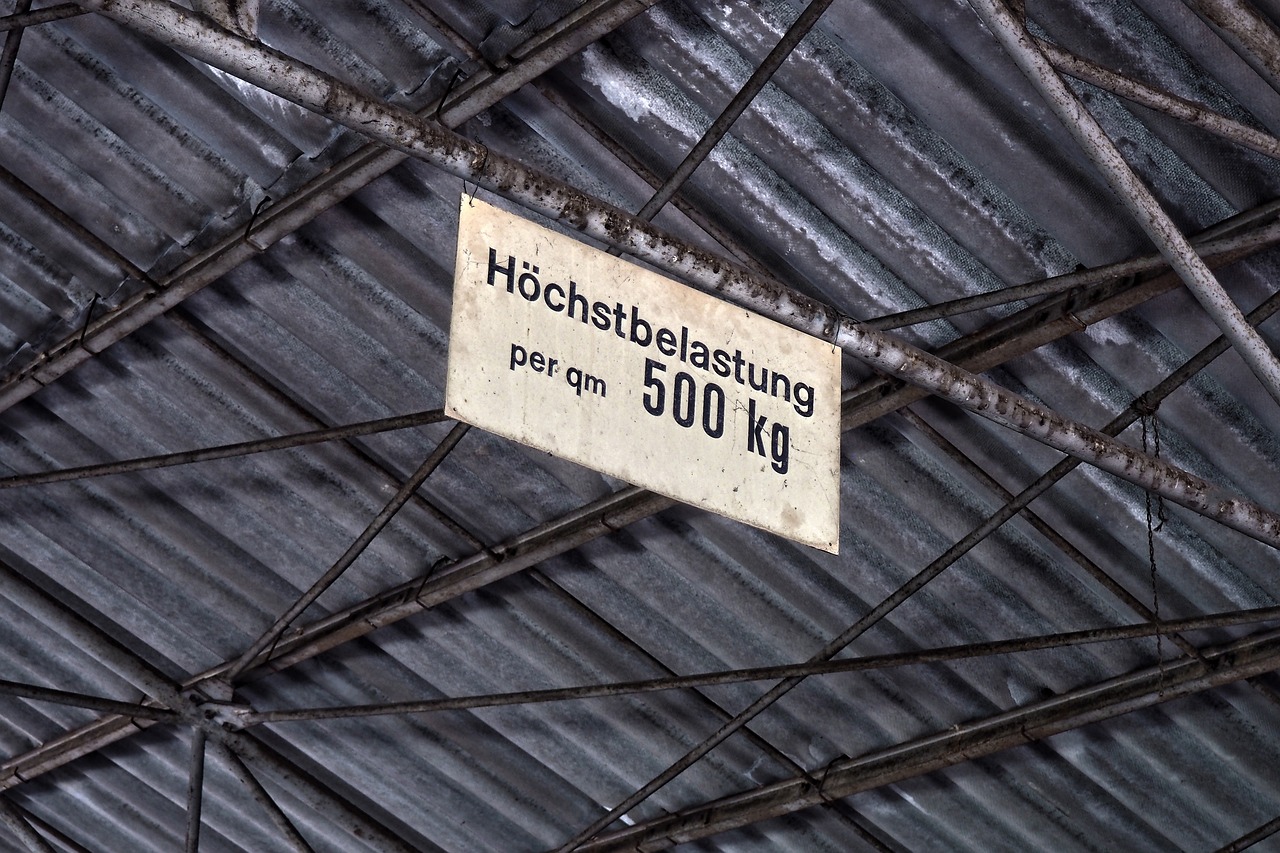The PLC Controller for Wind Power Generation
The PLC controller for wind power generation is a crucial component of the wind turbine system. It provides the necessary control and monitoring of the wind turbine to ensure its smooth and efficient operation. The PLC controller receives input signals from various sensors and switches, processes them, and generates output signals to control the operation of the wind turbine. It also monitors the performance and status of the wind turbine to ensure its safe and reliable operation. By using a PLC controller, the wind power generation system can be optimized to provide maximum efficiency and performance.
With the increasing demand for renewable energy sources, wind power generation has become a significant contributor to global energy supply. In order to efficiently harness the power of the wind, it is essential to have a reliable and advanced PLC (Programmable Logic Controller) controller in place. This article will explore the role of the PLC controller in wind power generation, its features, and how it ensures smooth and efficient operation of the wind turbines.
What is a PLC Controller?
A PLC controller, also known as a Programmable Logic Controller, is a digital computer designed to receive inputs from sensors and switches, process them according to a set of programmed instructions, and then send outputs to actuators and other devices. In the context of wind power generation, the PLC controller plays a crucial role in coordinating and managing the operations of the wind turbine.
Features of a PLC Controller for Wind Power Generation

1、Advanced Programming: Modern PLC controllers for wind power generation come with powerful programming tools that allow for complex algorithms to be implemented. These algorithms can handle multiple tasks simultaneously, including monitoring and controlling various aspects of the wind turbine.
2、Modular Design: PLC controllers are designed to be modular, meaning they can be easily configured and customized to meet the specific needs of each wind turbine installation. This allows for maximum flexibility in terms of adapting to different conditions and requirements.
3、High Reliability: These controllers are designed to be highly reliable and capable of withstanding harsh environmental conditions. They have built-in redundancy features that ensure continuous operation even in case of component failure.
4、Efficient Energy Management: PLC controllers for wind power generation also include features that enable efficient energy management. This includes monitoring the power output of the turbine, managing battery systems, and coordinating with other energy sources to ensure seamless power supply.
5、Remote Monitoring and Control: Many modern PLC controllers come with remote monitoring and control capabilities. This allows operators to remotely access and control the turbine from anywhere in the world, providing increased flexibility and convenience.
How does a PLC Controller Ensure Efficient Operation of Wind Turbines?
A PLC controller ensures efficient operation of wind turbines by coordinating and managing various aspects of the turbine's operation. Here are some key ways it does so:
1、Monitoring: The controller constantly monitors inputs from sensors and switches on the turbine, such as wind speed, direction, and temperature. These inputs help the controller determine the current conditions and status of the turbine.
2、Processing: The controller processes these inputs using its built-in algorithms to determine the appropriate action to take. This processing includes making decisions about when to start or stop the turbine, adjust its pitch angle to optimize power output, or activate backup systems in case of failures.
3、Output Control: The controller sends outputs to actuators and other devices on the turbine based on its processing results. This may include adjusting the pitch angle of the blades, controlling the speed of the generator, or activating warning systems in case of unsafe conditions.
4、Communication: The controller also handles communication with other systems and devices, such as the supervisory control system (SCS) or data acquisition system (DAS). This communication allows for data transfer, monitoring, and control from a central location or remote location using appropriate software tools.
In conclusion, a PLC controller plays a crucial role in ensuring efficient operation of wind turbines by coordinating and managing various aspects of their operation using advanced algorithms and features such as monitoring, processing, output control, and communication. By understanding these aspects of PLC controllers for wind power generation, it becomes possible to better understand how these systems contribute to sustainable energy production worldwide.
Articles related to the knowledge points of this article:
Schneider PLC Controller: The Heart of Your Automation System
Atlas Controller PLC: A Comprehensive Guide
PLC Fan Controller Functionality
PLC Wireless Proportional Controller: Key Component in Modern Automation Systems